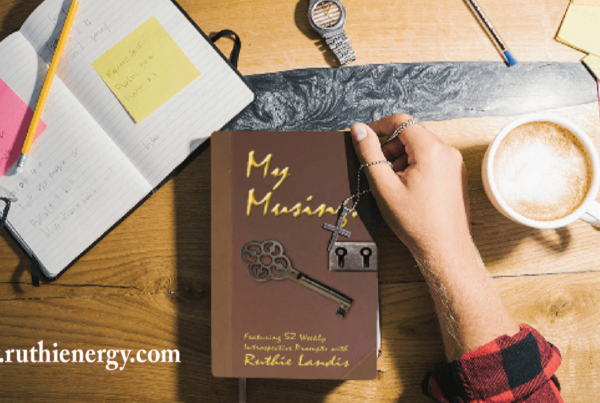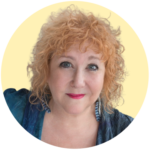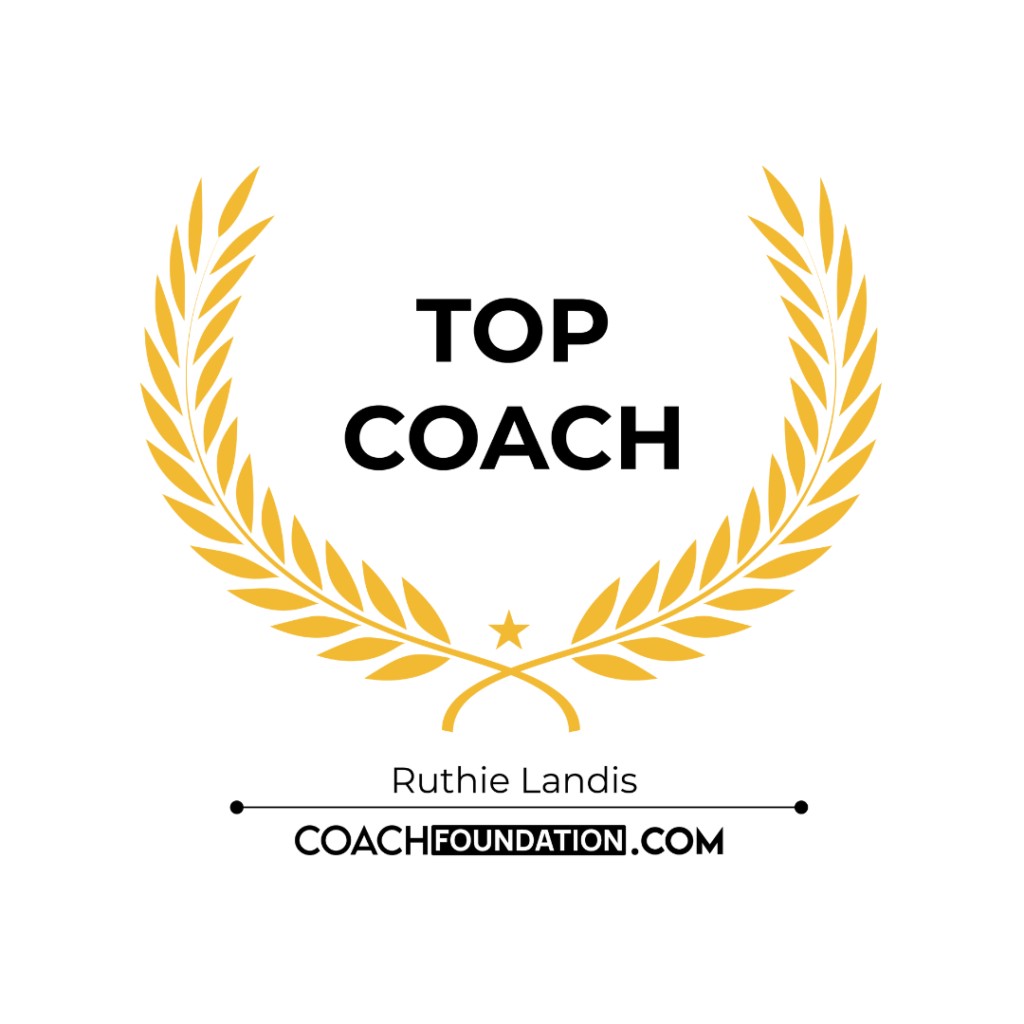When we explore one part of ourselves, our thoughts, let’s say, our body and heart feel and react to our thinking. Anyone who acknowledges the seamlessness of the mind, heart, and body connections knows this to be true.
If I am thinking, “I am going to be late for this appointment and they will judge me,” I might notice my shoulders tense up, my heart begin to pound, my breathing change to heavy, labored, or even panting. And then if I try to shift the thought to, “I have all the time I need, and I will be grateful and thank them for being tolerant of my tardiness, and that I absolutely do respect their time,” I might observe a difference throughout my being. And, if I add imagining them being receptive and forgiving of me, I might notice the muscles of my shoulders relax, my heart rate normalize, and my breathing shift organically as well.
I actually experienced this very thing yesterday. Instead of rushing, I reframed my thought. My body relaxed. And the person I was meeting was absolutely receptive. Time
If we enter through the doorway of intentional thought examination, we will notice that our heart and body follow us in.
And we can also enter our self-exploration through the doorways of the body or the heart. If we see that our attitude toward something we are facing feels locked, fixed, and limiting we might play with bringing our attention to our body. What feels locked, fixed, and limited in our body at this moment? If it’s our neck we might stretch it, massage it, roll our head from side to side. If it’s our sacrum and lower back we might tend to that by gently moving until some comfort and opening arises there.
If we must speak up about something that feels difficult to say, or we are speaking in front of a large group of people and our heart is beating fast, we might just take our hand and place it on our heart and say to our heart, “I am here. I am safe. All will be well.” Then we may notice the heart calms and what we have to say flows out with greater ease.
The ancient Chinese recognized this constant mirroring of mind with body, heart, and even included the macro body- the seasons, the elements and nature. The Chinese Five Element Theory that acupuncture and foot reflexology is based on developed from this clear belief that everything is connected. The Wood element, which is associated with the springtime reminds us that we can be flexible (yet organized, boundaried, and clear) like wet bamboo or rigid like a brittle dry tree. Rigidity conjures anger and frustration, the inability to accept things as they are unfolding. Inflexibility thwarts our capacity to flow creatively with Life’s challenges and instead, we tightly resist what Life is offering.
As I continue to work with more commitment to my body and begin to bend in even very small ways that I couldn’t before, I notice my attitude to everything shifting. All the “I just can’t do that” chatter softens into more open thinking and a flexible attitude. I find I can bend a bit
I want to be clear. I don’t need to be a master yogi who can twist their body into a pretzel. This is not an all or nothing tool. It can be a subtle but intentional change in how I stretch myself, perhaps just a little bit farther.
Try it the next time your attitude feels immovable. Find something in your body to bend or roll. Do it a few times. Then check your attitude again. You might be surprised! Flexible body, flexible attitude – own it!
Would you like to find out more about how working with your body can get you unstuck in your attitude?







